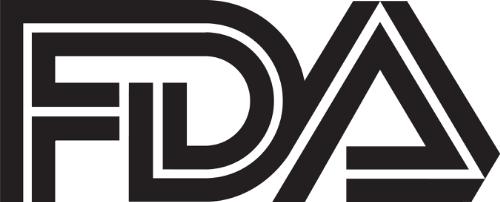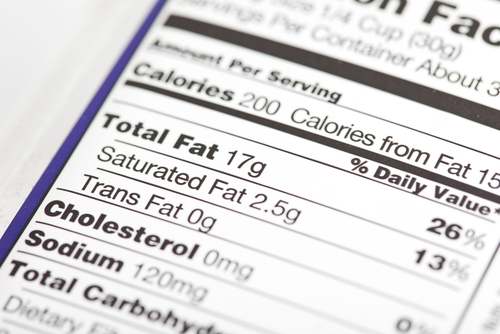 March is National Nutrition Month and the U.S. Food and Drug Administration (FDA) is concerned about the amount of calories being consumed by Americans, particularly when eating outside their homes, which happens in one-third of meals. The administration has issued new regulation for restaurants regarding caloric information on menus, boards and vending machines.
March is National Nutrition Month and the U.S. Food and Drug Administration (FDA) is concerned about the amount of calories being consumed by Americans, particularly when eating outside their homes, which happens in one-third of meals. The administration has issued new regulation for restaurants regarding caloric information on menus, boards and vending machines.
The FDA believes it is important for people to be more mindful of the number of calories they consume and adopt a healthy diet. While the deadline for food establishments to place the necessary caloric information on their menus has not yet passed, the FDA is reminding consumers that many restaurants, especially big chains, have already made the information available.
Being aware of calories consumed is important to maintain overall health, since eating too many calories can increase the risk of developing diseases like obesity, cardiovascular diseases or type 2 diabetes. In order to maintain a healthy weight, however, people should balance the calorie consumption with the amount the calories needed by the body.
The FDA believes that by having the informational labels available within the menus, clients can compare and make healthier choices. In addition, the menus will have a context statement explaining what is supposed to be a healthy diet and the number of daily calories needed. “2,000 calories a day is used for general nutrition advice, but calorie needs vary,” it says, noting that it also depends on age, gender, and exercise habits.
The administration also recommends that consumers take into consideration that a serving with 100 calories is moderate, while 400 calories is high. Beginning December 1, 2015, all restaurants, bakeries, coffee shops, ice cream stores, drive-through windows, movie theaters, amusement parks, and take-out/delivery foods, are obligated to provide information on the meals or snacks, even self-service, as well as alcoholic drinks or cocktails. Vending machine operators have an additional year to implement the new regulation on all foods being sold in vending machines.
In addition, restaurants are also supposed to inform their customers about the total fat, calories from fat, saturated fat, trans fat, cholesterol, sodium, total carbohydrates, dietary fiber, sugars, and protein at the labels in the menu. The FDA also made available the regulations and a consumer fact sheet in both English (here) and Spanish (here), and recommends the use of the website ChooseMyPlate.gov in order to know more about the body’s need for calories considering their age, gender and physical activity level.


